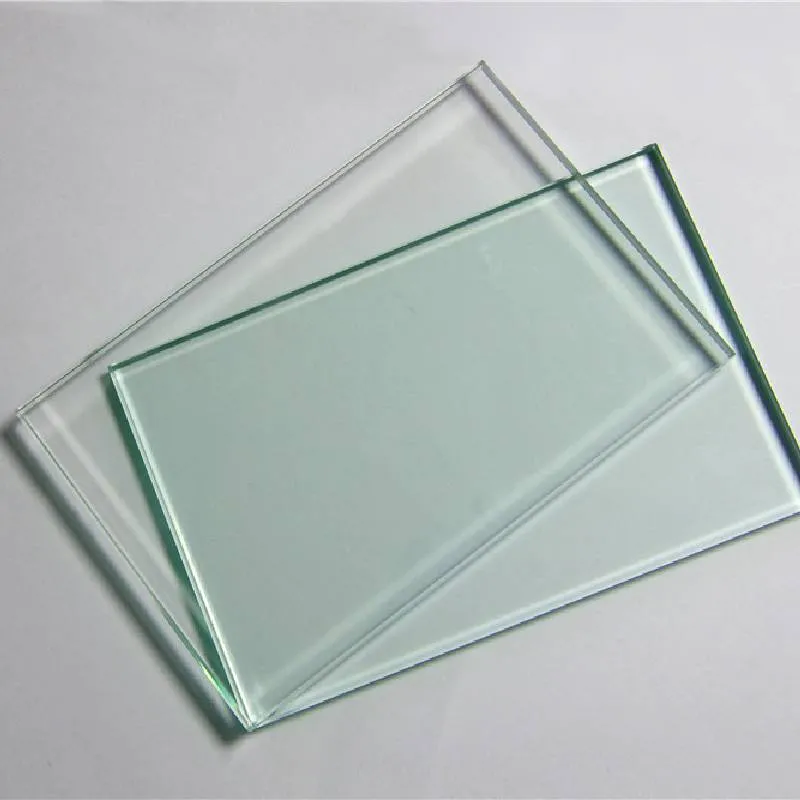

For architectural clarity, unmatched transparency, and premium quality, clear float glass has become the gold standard in the glass industry. Whether used in residential windows, commercial facades, or decorative partitions, the flawless surface and high light transmittance of clear float glass provide an elegant foundation for any glass application.

When it comes to visual purity, nothing compares to the exceptional light transmittance of clear float glass. With a visible light transmittance of approximately 89–91%, clear float glass maximizes natural daylight while preserving true color perception. This makes it an ideal material for building envelopes, display cases, and even solar panel covers.
Even 2mm clear float glass, despite its thinner profile, maintains a high degree of clarity, ensuring visual transparency without distortion. Its ability to allow abundant sunlight into spaces helps reduce lighting energy consumption, further emphasizing its eco-friendly benefits.
One of the most recognizable features of clear float glass is its mirror-smooth, distortion-free surface. This flawless finish is no accident—it’s the direct result of an advanced float manufacturing process.
During production, molten glass is poured onto a bed of molten tin where it "floats," spreading evenly under its own weight. This process ensures that both surfaces of the glass become perfectly flat and parallel. Whether it’s china clear float glass or high-precision glass produced elsewhere, this uniformity in thickness and texture enhances optical quality and makes further processing—such as laminating, tempering, or coating—much more efficient and precise.
The journey from raw material to pristine clear float glass involves multiple precise stages. First, a mixture of silica sand, soda ash, limestone, and dolomite is melted in a high-temperature furnace. The molten mixture is then gently poured onto molten tin in a sealed chamber, where it spreads out evenly, creating a smooth and uniform sheet.
Next, the glass ribbon passes through an annealing lehr, a controlled cooling area that relieves internal stress. Once cooled, the ribbon is cut into standard or customized dimensions, inspected for quality, and prepared for shipment.
Top-tier clear float glass manufacturers follow strict quality control standards to ensure consistency in thickness, clarity, and surface quality. This makes china clear float glass globally competitive and highly sought after in both domestic and international markets.
While float glass is available in a variety of thicknesses, 2mm clear float glass has carved out a unique niche in the industry. Its thinness makes it ideal for picture frames, automotive interiors, digital displays, and electronic devices—where lightweight yet strong glass is essential.
Thanks to advancements in cutting and processing technology, 2mm clear float glass can now be tempered, laminated, or silk-screened, expanding its usability far beyond traditional applications.
Additionally, the growing trend in minimalistic and ultra-light design across various industries has further boosted the demand for 2mm clear float glass, especially from tech companies and home décor brands.
In comparison to other glass types, clear float glass price remains highly competitive. Its balance of performance, clarity, and adaptability makes it a cost-effective solution across industries. The clear float glass price varies depending on thickness, cutting, and additional processing, but its widespread availability makes it accessible for projects of all sizes.
Because of strong global supply chains, particularly from china clear float glass producers, clients benefit from efficient lead times and large-volume procurement capabilities. Leading clear float glass manufacturers also offer customizable solutions, allowing for project-specific modifications without sacrificing speed or quality.
Clear float glass typically offers 89–91% visible light transmittance, making it ideal for applications that require maximum clarity and brightness.
The molten glass is floated on a bed of molten tin during production, resulting in a perfectly smooth and parallel surface on both sides of the glass.
The production process includes raw material melting, floating on molten tin, controlled cooling in an annealing lehr, cutting, and quality inspection.
2mm clear float glass is valued for its light weight, high clarity, and suitability for applications such as picture frames, electronics, and precision instruments.
The clear float glass price depends on the glass thickness, processing needs, and purchase volume, with cost-effective options available from top clear float glass manufacturers.